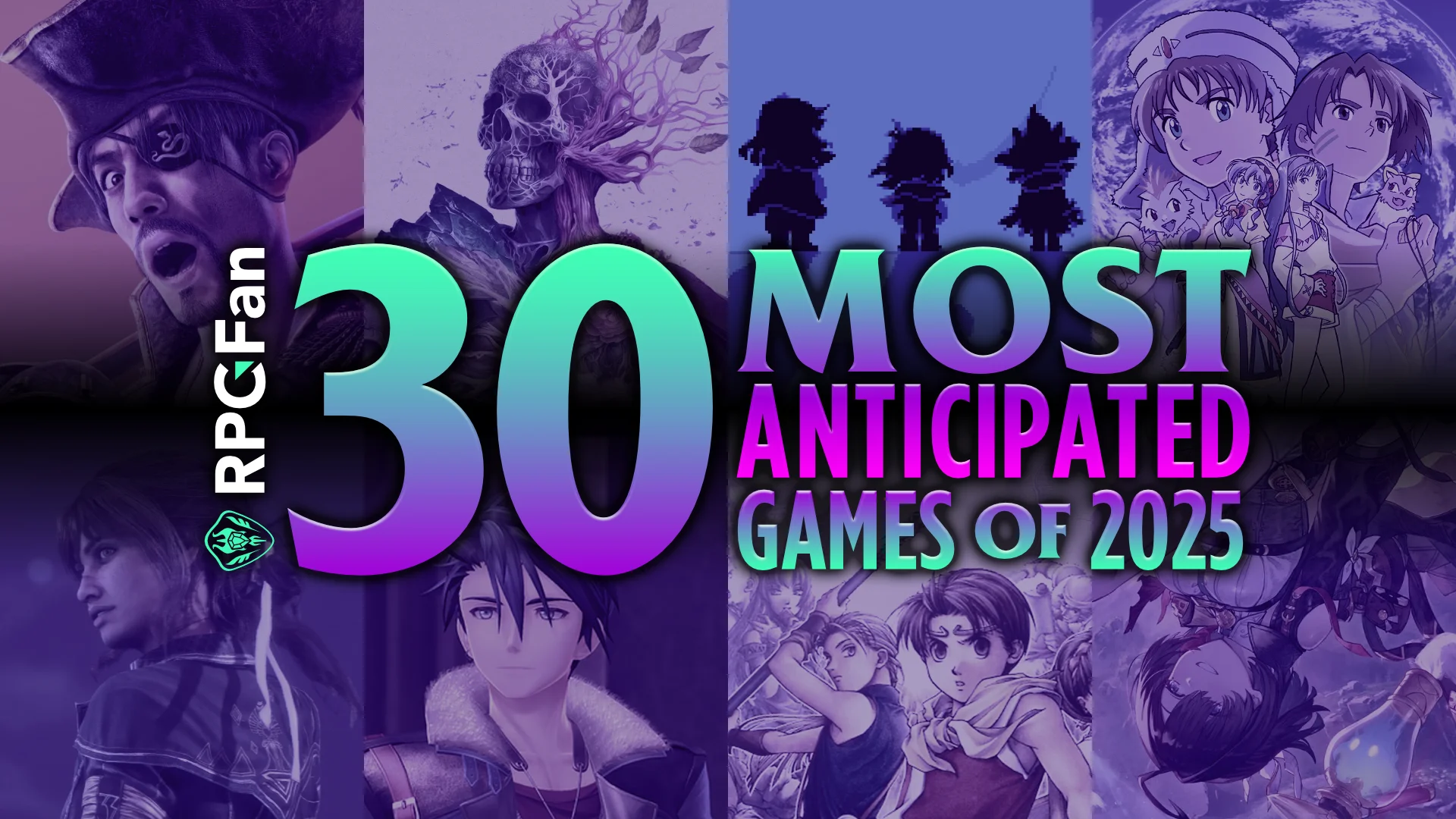I think I might say this every year, but 2024 sure has been a great year for RPGs, hasn’t it? Sure, a few games have dominated the conversation, but there is just so much quality, depth and breadth throughout the genre that I truly do think it might be one of the best years from the genre ever.
Admittedly, 2025 looks like it might let off the gas just a little with huge release after huge release, but there is still plenty we are excited to play, and so today we present to you our 30 Most Anticipated Games of 2025! We even included a couple of bonus games at the end that were announced after this feature was mostly ready to go, so be sure to read all the way to the end!
What are you most excited to get your hands on this year? Are there any big titles that we missed? If so, be sure to let us know on X, Facebook, Instagram, Threads, Bluesky, Discord, or however you most enjoy interacting with us!
Intro by Zach Wilkerson
Assassin’s Creed Shadows (February 14th)
Writeup by Zek Lu
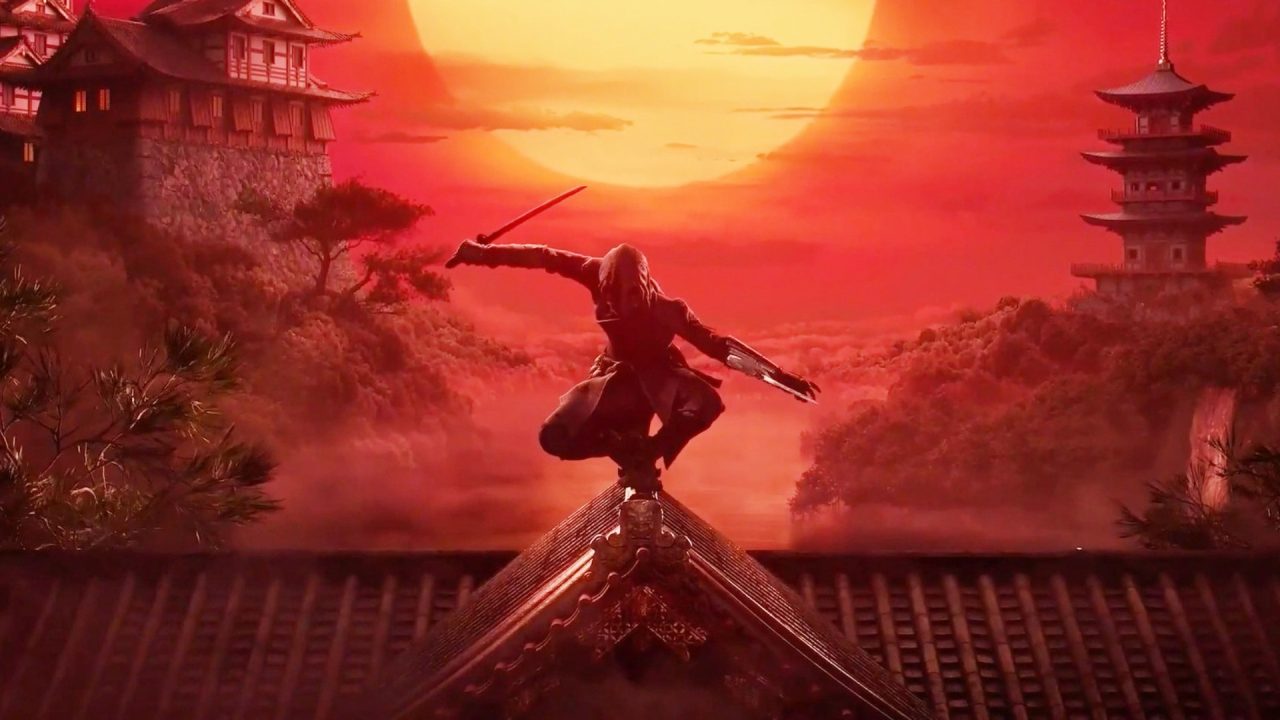
Will Assassin’s Creed Shadows finally deliver the deep RPG experience fans have been waiting for? Set in Japan’s iconic Sengoku era, the game promises an enriched RPG framework with two distinct protagonists—Yasuke, a Samurai, and Naoe, a Shinobi—each offering unique skills, weapons, and worldviews. Players can switch between these characters at will, choosing how best to approach Japan’s lush landscapes, which change with the seasons and react to choices in new ways.
The new League system allows players to forge alliances that impact both the story and gameplay, adding depth to the RPG elements. Developers also promise an evolved world where lighting, weather, and dynamic environments actively influence stealth and combat. But will these ambitious changes fulfill the promise of a richer, more immersive RPG? Assassin’s Creed Shadows could mark a major leap forward—if it delivers on these bold ambitions.
Atelier Resleriana: The Red Alchemist and the White Guardian
Writeup by Des Miller
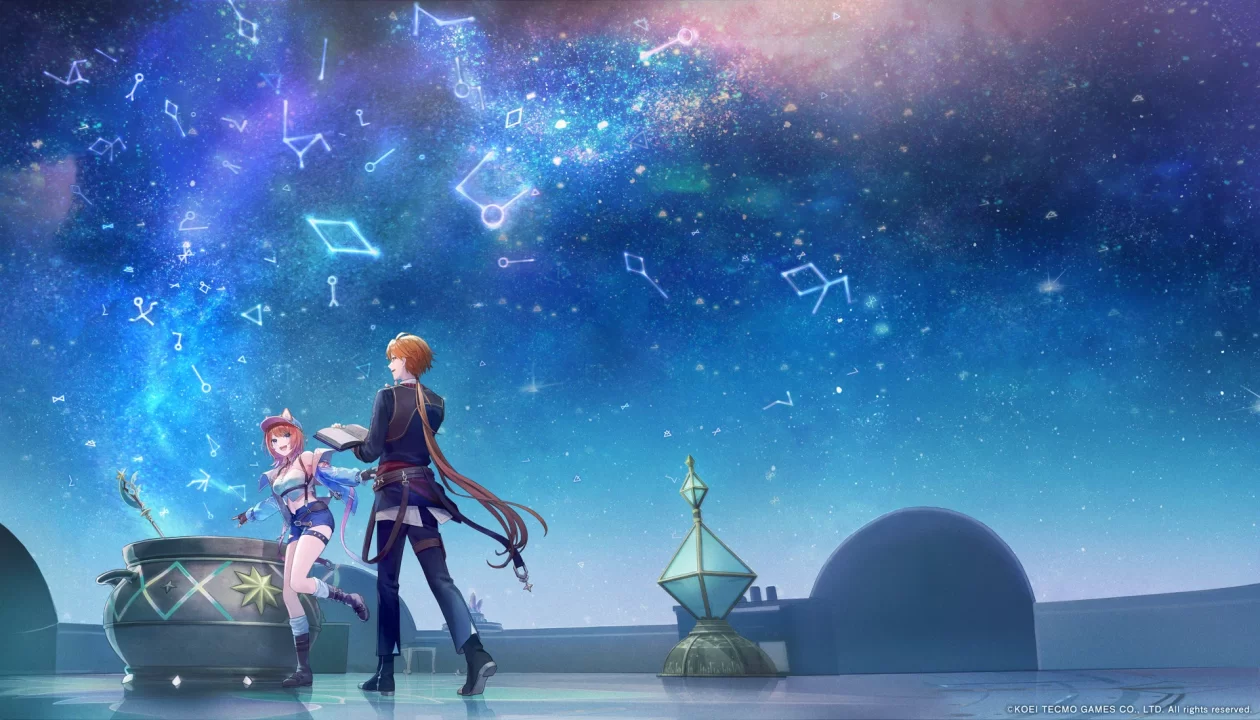
When Koei Tecmo entered the gacha space with Atelier Resleriana: Forgotten Alchemy and the Polar Night Liberator, I had concerns that the lovingly crafted world and gorgeous character models would become lost to time once the game hit its inevitable end of service. Despite Gust being largely hands-off with the game, it still certainly felt like an Atelier game at its core—however, it was still a mobile game with an expiration date.
In September, Koei Tecmo announced a new entry into the Atelier Resleriana subseries with Atelier Resleriana: The Red Alchemist & the White Guardian, set in the same universe with Gust at the wheel. While we’ve seen very little of the game aside from a small teaser, the vivid locales and breathtaking art design are front and center. As a game slated for PS4, PS5, Switch, and Steam, Atelier fans won’t have to worry about the ephemeral nature of a gacha dictating when and how they play.
Atelier Yumia: The Alchemist of Memories and the Envisioned Land (March 21st)
Writeup by Des Miller
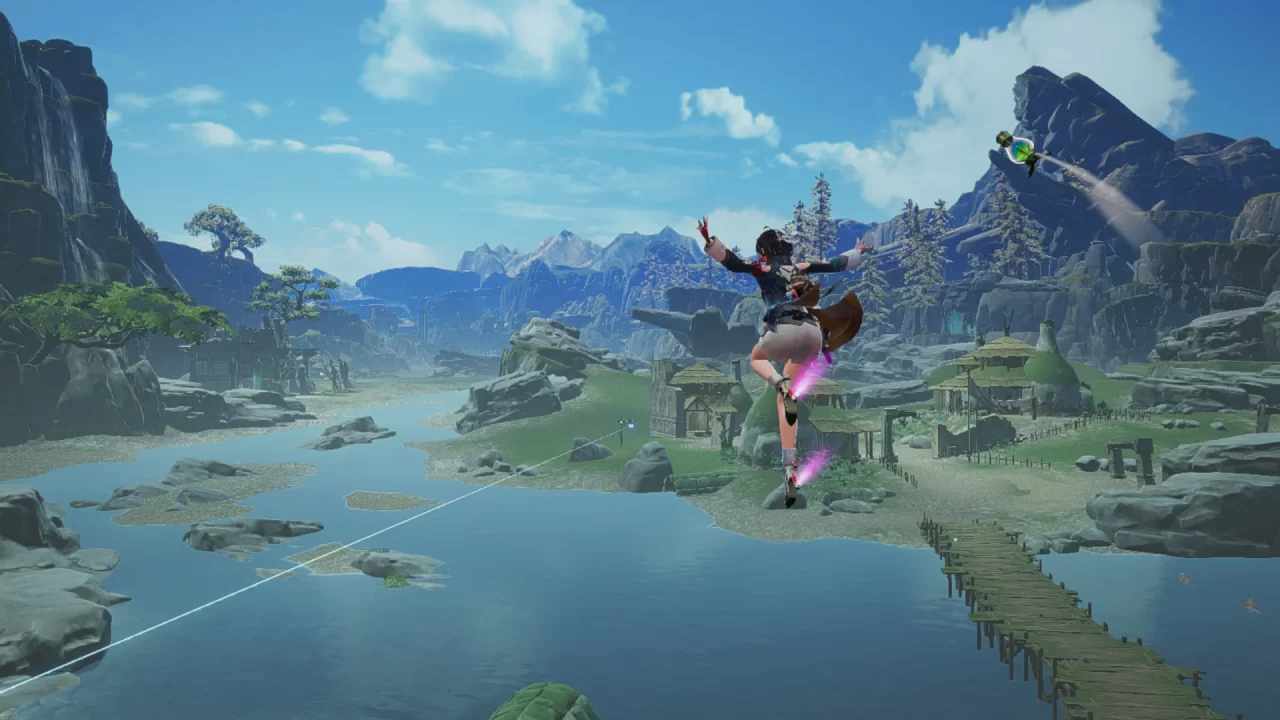
2023 served as an end to Ryza’s story with Atelier Ryza 3: Alchemist of the End & the Secret Key and a look back to where it all began with Atelier Marie Remake. While 2024 celebrated all things Atelier with Atelier Resleriana: Forgotten Alchemy and the Polar Night Liberator, 2025 is looking to take another two steps forward for the beloved crafting simulation RPG series.
Although it’s the start of a new sub-series, it’s impossible not to see Atelier Yumia: The Alchemist of Memories & the Envisioned Land as the follow-up to Atelier Ryza. Thankfully, with every trailer and stream we’ve seen so far, Atelier Yumia is looking to be an exciting new adventure that builds upon both the Secret and Dusk sub-series while forging its own new path into the future. With high-octane combat, a unique new synthesis system, and a stellar cast of characters joining the fray, Atelier Yumia is shaping up to be an exciting new entry into the Atelier series.
Avowed (February 18th)
Writeup by Jonathan Logan
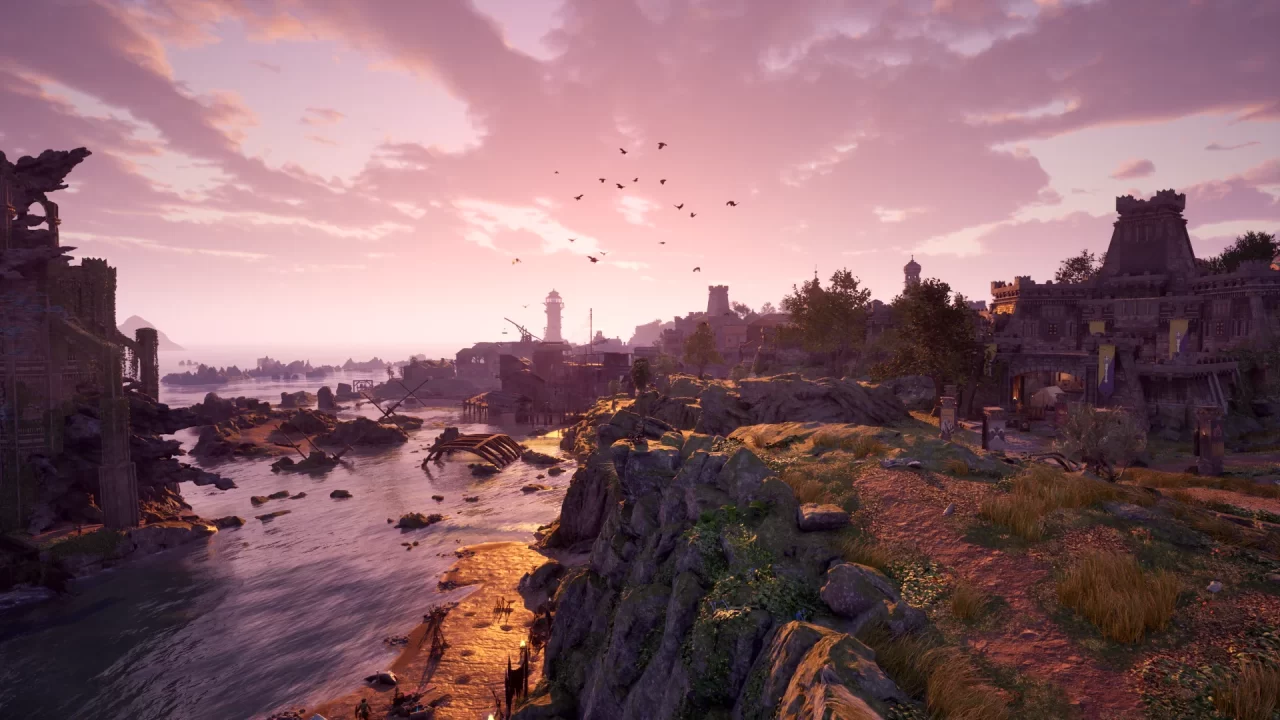
Baldur’s Gate 3 might be the current champ in the CRPG genre, but not long ago, Obsidian Entertainment struck gold with Pillars of Eternity.
Released in 2015, Pillars helped revitalize the CRPG genre for a new generation, introducing players to the original fantasy world of Eora. Now, Obsidian is returning to this extraordinary setting with Avowed, a first-person RPG often described as their answer to Skyrim.
While comparisons to Bethesda are inevitable, Obsidian is well-versed in creating engrossing first-person RPGs like Fallout: New Vegas and The Outer Worlds. Their games are known for beautifully written companions, deep roleplaying possibilities, and expansive character customization. I’ve been looking forward to Avowed since its announcement in 2020 and it looks like Obsidian is going to deliver in a couple short months! Just enough time for you to play Pillars of Eternity (and maybe even its sequel)!
Citizen Sleeper 2: Starward Vector
Writeup by Aleks Franiczek
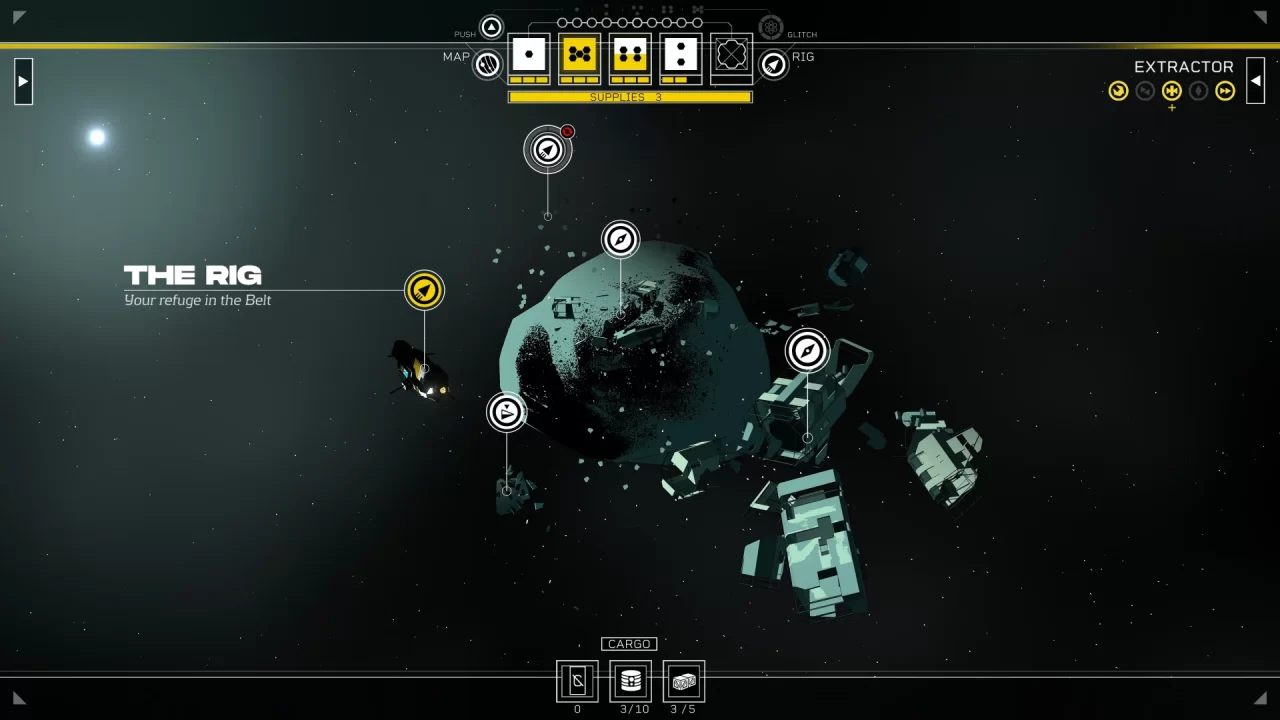
The Citizen Sleeper 2: Starward Vector demo promised more of what made the first game an indie standout, while fleshing out its systems-heavy survivalist foundation with more opportunities for tense, resource-driven roleplaying. The presentation looks pretty much the same. You still have to manage hunger and fatigue levels on a daily basis as you decide what actions to carry you forward. But the guts have been beefed up in a way that seems like a natural evolution.
The addition of Contracts promises to add high-risk, high-reward missions that unleash the intensity of the die roll system in a self-contained area. Companions you meet during the story will join your crew and help on Contracts, lending an additional level of character bonding to Citizen Sleeper’s otherwise solitary questing. With recruitable crew members and a Rig that serves as your mobile home, Citizen Sleeper 2 looks to be adding hints of Mass Effect to its corporately drained cyberpunk world. That works for me.
Clair Obscur: Expedition 33
Writeup by Wes Iliff
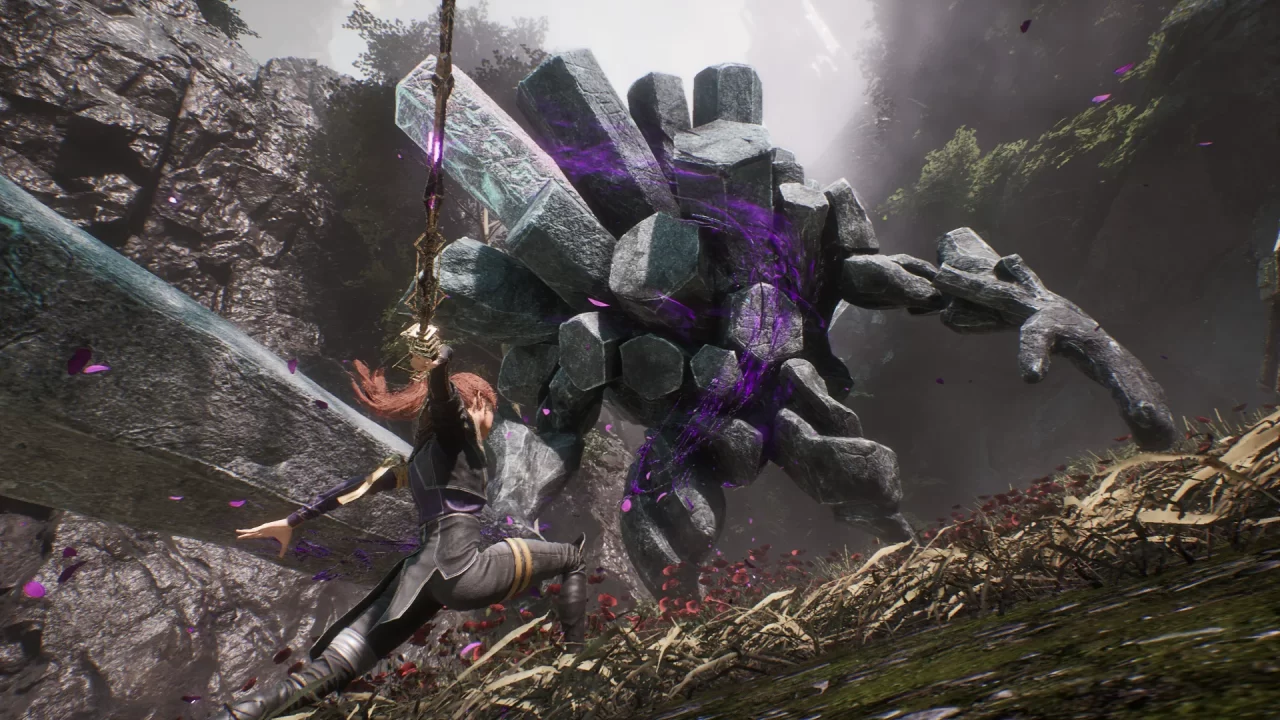
Where did this one come from? Out of nowhere, June saw the announcement of a turn-based RPG from a French developer that looked simply amazing in Clair Obscur: Expedition 33. We were first charmed by a Western-developed RPG with eye-catching visuals, a classic battle system including timed hits, and a promisingly intriguing core concept.
If this was all we got, this game might have made the list on those merits alone. But then they revealed the voice cast. Ben Starr? Charlie Cox? Andy Serkis? With a cast like that, we know that this is a game Kepler Interactive is willing to throw money at. While there’s a lot we don’t know, it’s hard not to be intrigued. We’ll be watching closely when the game hits shelves in 2025.
Deltarune Chapters 3 & 4
Writeup by Jimmy Turner
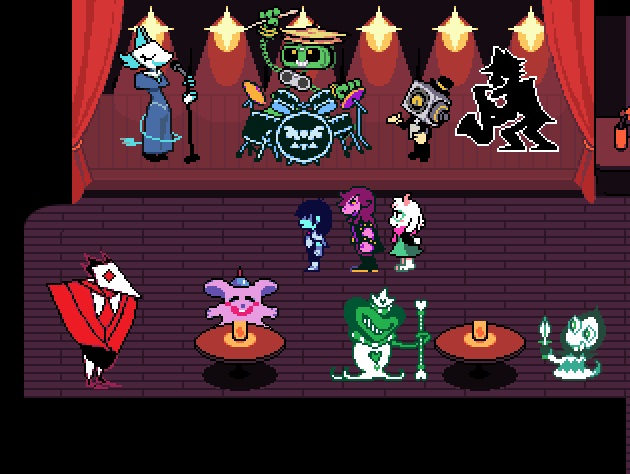
Undertale fans had an extra sweet Halloween this year when the game’s creator, Toby Fox, dropped news about the franchise. Fox announced on X/Twitter that Deltarune Chapters 3 & 4 will be released next year. He left no room for doubt or speculation, posting, “Chapters 3&4 will 100% come out in 2025.”
Deltarune Chapters 1 and 2 were both free releases. Chapter 1 dropped on Halloween 2018 (sensing a pattern?), with Chapter 2 arriving in 2021 as a free update for the previous chapter. Deltarune is very much in the style of Undertale but takes place in its own setting. The new chapters will retain much of the gameplay of the first Deltarune chapters, including pixel animations and turn-based battles with Touhou-inspired bullet hell elements. Players can also expect a mix of characters, old and new. Fox has not announced a specific date yet, but another late October release would be fitting. Until then, fans must wait patiently to see what Toby Fox has in store for this unconventional indie RPG.
Demonschool
Writeup by Paul Skevington
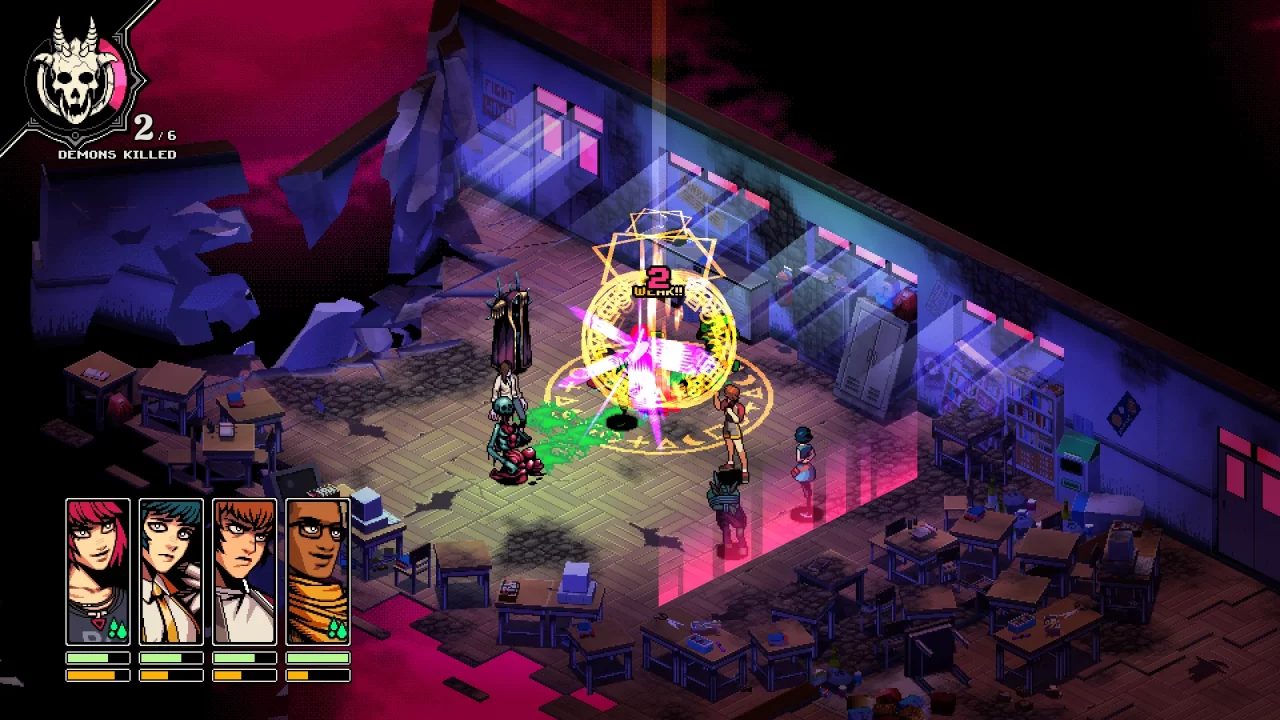
Unashamedly rocking an early Persona vibe, Demonschool is a turn-based tactical RPG reeking of brimstone and Bubble Tape. You play Faye, a student with a family legacy of demon hunting, as she battles the forces of darkness with her friends, thwarting obstructive teachers all the while. A 2D isometric visual style reinforces the nostalgic appeal, with interesting character designs and some impressively massive monstrosities dominating the trailers we’ve seen so far. Also, the game takes place in the nineties, so if it’s not full of VHS tapes, portable CD players, and CRTs, I’ll be disappointed.
The battle system takes chess as an inspiration, encouraging strategic play, supported by the ability to rewind your actions as you plan them. Interesting game mechanics, such as healing abilities that buff undamaged characters, add extra variety. You will also be able to develop your relationships with your teammates and other characters. Expect horror, humor, and gore-splattered greatness from this stylish indie.
Dragon Quest I & II HD-2D Remake
Writeup by Wes Iliff
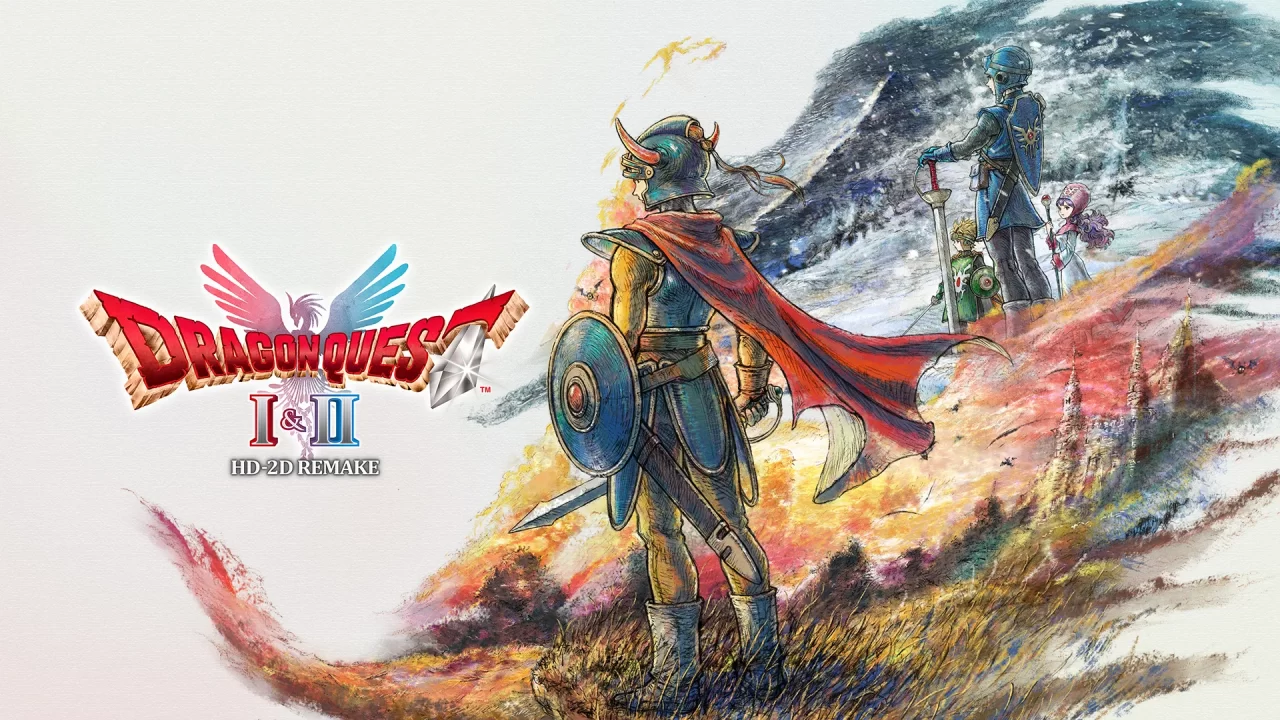
By now, we can all agree that Dragon Quest III HD-2D Remake is pretty amazing, right? The work done to take an NES classic and make it feel right at home on a modern console is impressive, a culmination of all the iterations the game has gone through over the years. But why start at the third entry? Because chronologically, the upcoming Dragon Quest I & II HD-2D Remake comes after the third!
Not only does this remake promise some connective tissue to make the series really sing in chronological order, but we can also look forward to the kinds of gameplay improvements and quality-of-life features that make its predecessor such a perfect way to experience a classic. And after all, of all the games in the series, the first two outings need this treatment the most. Between archaic difficulty spikes and simplified gameplay, the kinds of additions we’ll see should make these three entries a wonderful way to get into the series!
Dynasty Warriors: Origins (January 17th)
Writeup by Wes Iliff
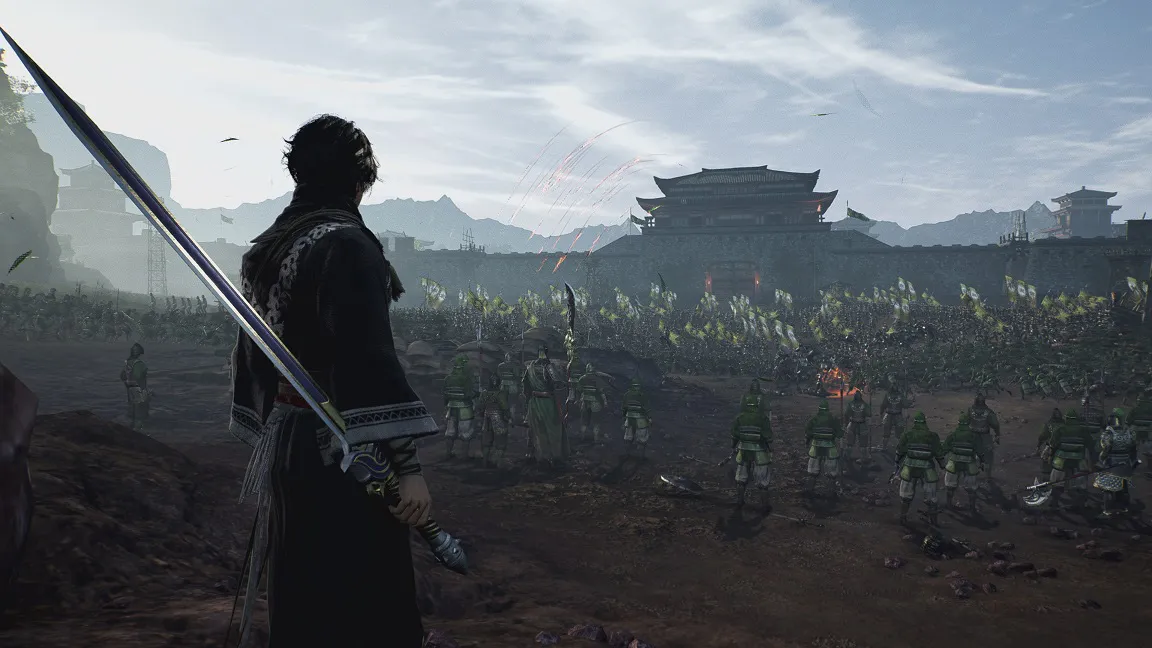
First, I’d like to thank RPGFan for acquiescing to my incessant excitement for Dynasty Warriors: Origins. In this soft reboot of the series, characters from legend take a backseat to a newly created hero who travels throughout the story of Romance of the Three Kingdoms and — what else? — demolishes enemies by the hundreds as a human wrecking ball on a crowded battlefield.
But don’t let the focus on a single character fool you. Progression grows deeper as you level up and unlock new weapon types. On-the-fly tactics allow you to turn the tide on the battlefield. Important decisions shape the story, letting your nameless hero help determine which faction rises to the top. Make no mistake: while the action is chaotic, Dynasty Warriors: Origins has a lot to offer any fan of RPGs.
